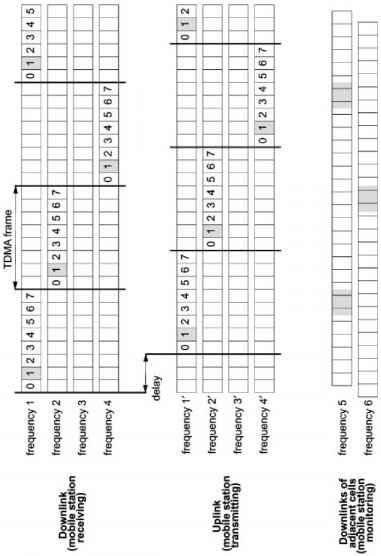Frequency Hopping Radio Radio Radio Radio, using DSP chip, channel coding, forward error correction, digital modulation demodulation CPFSK, coherent demodulation, balanced soft judgment The technologies have greatly improved equipment gain, stability, reliability, anti-interference, and transmission rates far exceeded the normal number. The radio can operate within 30 ~ 50 km. The full-duplex work mode. Open standard structure, upgradeable software, ensuring that users' investment can use long-term use, with multi-level security protection, including frequency hopping physical protection layers, WEP128-bit key, can be applied to any application area that requires communication links. MDS TransNet 900 is a professional frequency hopping station that enables a point-to-multipoint communication. It is characterized by long distance, stable and reliable. Use advanced spread spectrum frequency hopping technology to provide 115.2K serial port, serial port RS- 232 / RS-485 Optional serial port, which also allows users to develop software to control additional simulated, digital input / output sub-board, with / PLC functionality. There have been many such devices in the world that apply to various types of retrieval and industrial control systems, especially in the node there is a good application case. Method of modulation and demodulation of frequency hopping station
In addition to these key technologies, modulation demodulation methods are also important in frequency hopping systems, and FSK, QAM, QPSK, QASK, DPSK, QPR, digital chirp modulation and other modulation methods. The adaptive frequency hopping system is based on the conventional frequency hopping system, and the fixed or semi-fixed interference is real-time, thereby adaptively selecting an excellent channel set, performing frequency hopping, so that the communication system maintains a good communication state. That is, in addition to the functionality of the conventional frequency hopping system, it is also necessary to realize the adaptive frequency control and adaptive power control functionality, so a reverse channel is required to transmit frequency control and power control information. After discovers the interference frequency through a reliable channel quality assessment algorithm, it should be deleted in the frequency table of the transceiver, and replaced them with a good frequency point to maintain the fixed size of the frequency table. This detection and replacement is in real time. In order to increase the hopping signal, the frequency hopping pattern has a good pseudo-random, and the number of frequencies appear in a long period of time should have good uniformity in a long period of time. After introducing the adaptive frequency replacement algorithm for real-time update of the frequency table, in order to ensure the system performance, it is still required to have good uniformity, so it should be replaced with different quality frequencies to replace the interference. Frequency. The update of the retaining frequency table causes inconsistencies to the transceiver frequency table. In order to synchronize the transceiver frequency table, the sender must be notified by the feedback channel. The mutual exchange of this information is a closed-loop control process, which requires the development of the corresponding information exchange protocol to ensure that the frequency table is reliable synchronous update. Another important indicator for measuring the effectiveness of the protocol is the speed of the frequency. After detecting the interference frequency, the speed of the interference frequency is removed, the smaller the impact on communication. Another effect of channel quality assessment is to perform adaptive power control. Power control is to best allocate a limited transmission power to each frequency hopping channel such that each channel can achieve normal communication with minimum transmitter power, thereby improving the hopping signals and interception capabilities. In an adaptive frequency hopping system, the system detects the communication status of each channel, and the power control per frequency hop channel is performed separately through the power control algorithm in the channel quality evaluation unit.

